The number five is pronounced “go” in Japanese. And we gladly accept this invitation. Where is the journey taking us? To the financial district of Tokyo, into a hundred-year-old former bank building that now houses the K5 Hotel. The interior design, crafted by Swedish architecture firm Claesson Koivisto Rune, is based on Japanese life philosophies, which often blend seamlessly with Scandinavian design principles. These five design elements reveal the underlying concepts:
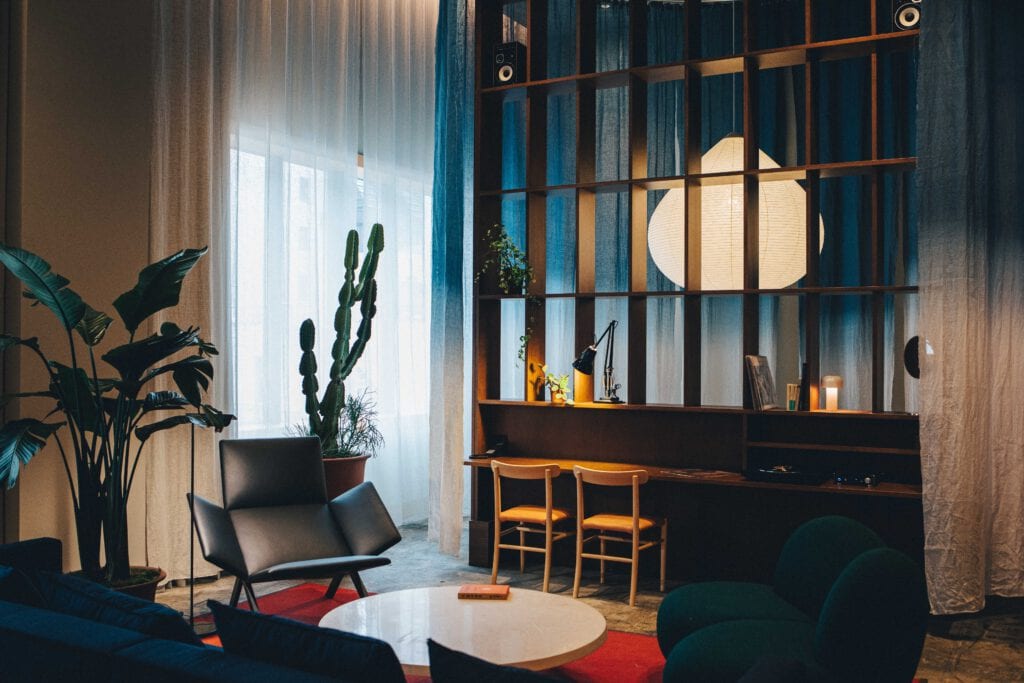
THE COPPER DOORS
Why are the doors to the rooms made of copper, a material commonly found in coins? It’s a tribute to the money-driven Nihonbashi-Kabutochō district and a nod to the building’s history. The first branch of Dai-Ichi Bank was located here, close to the Tokyo Stock Exchange, and its founder—whose face is depicted on the 10,000-yen banknote—had his office in this very area.
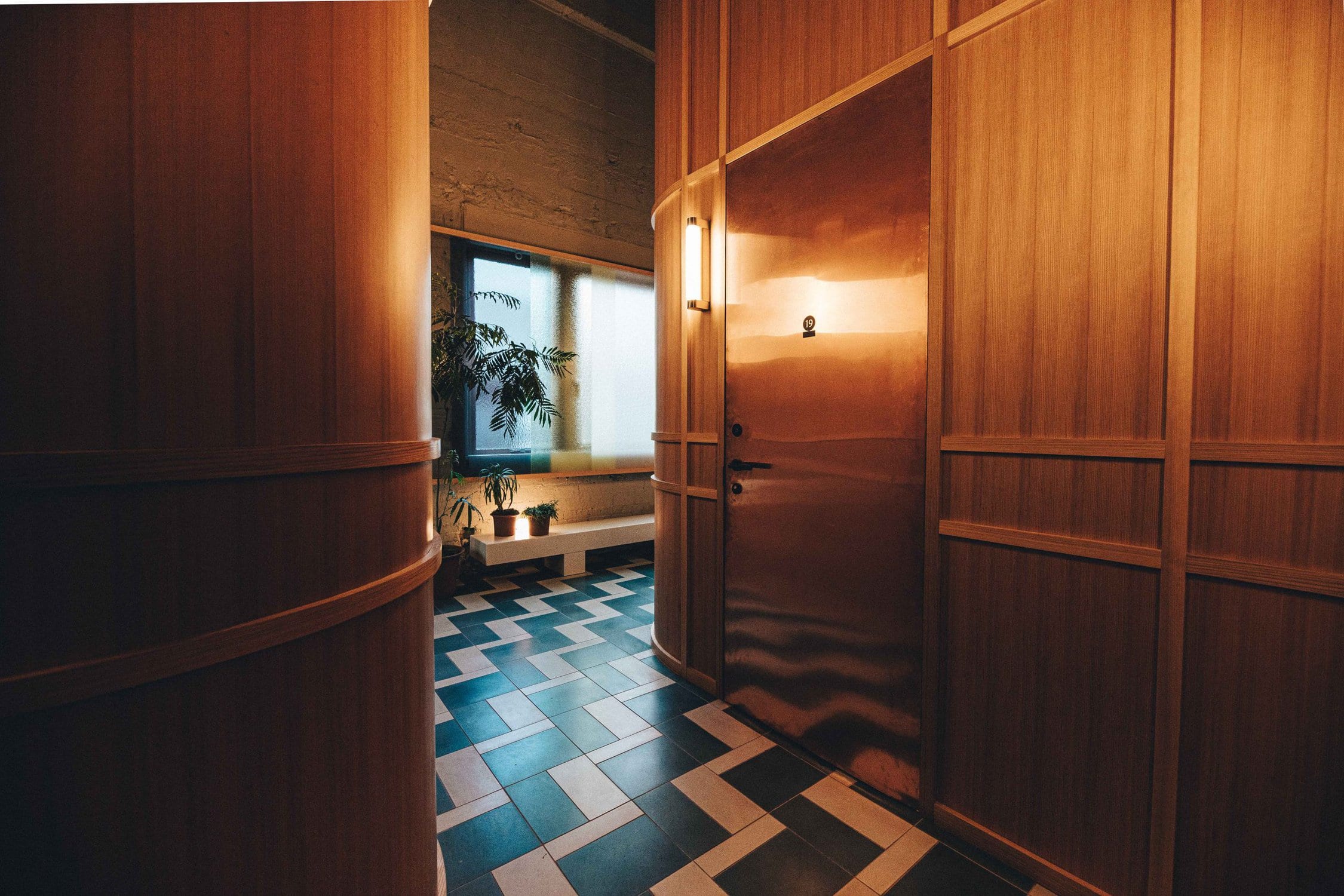
JAPANESE SHIELD FERN
The love of nature, deeply rooted in both Swedish and Japanese architecture, is evident throughout K5—especially since the surrounding area offers little greenery. Numerous potted plants, including Japanese shield ferns—a symbol of money—along with fiddle-leaf figs and monsteras, reflect the appreciation for nature ingrained in both cultures.
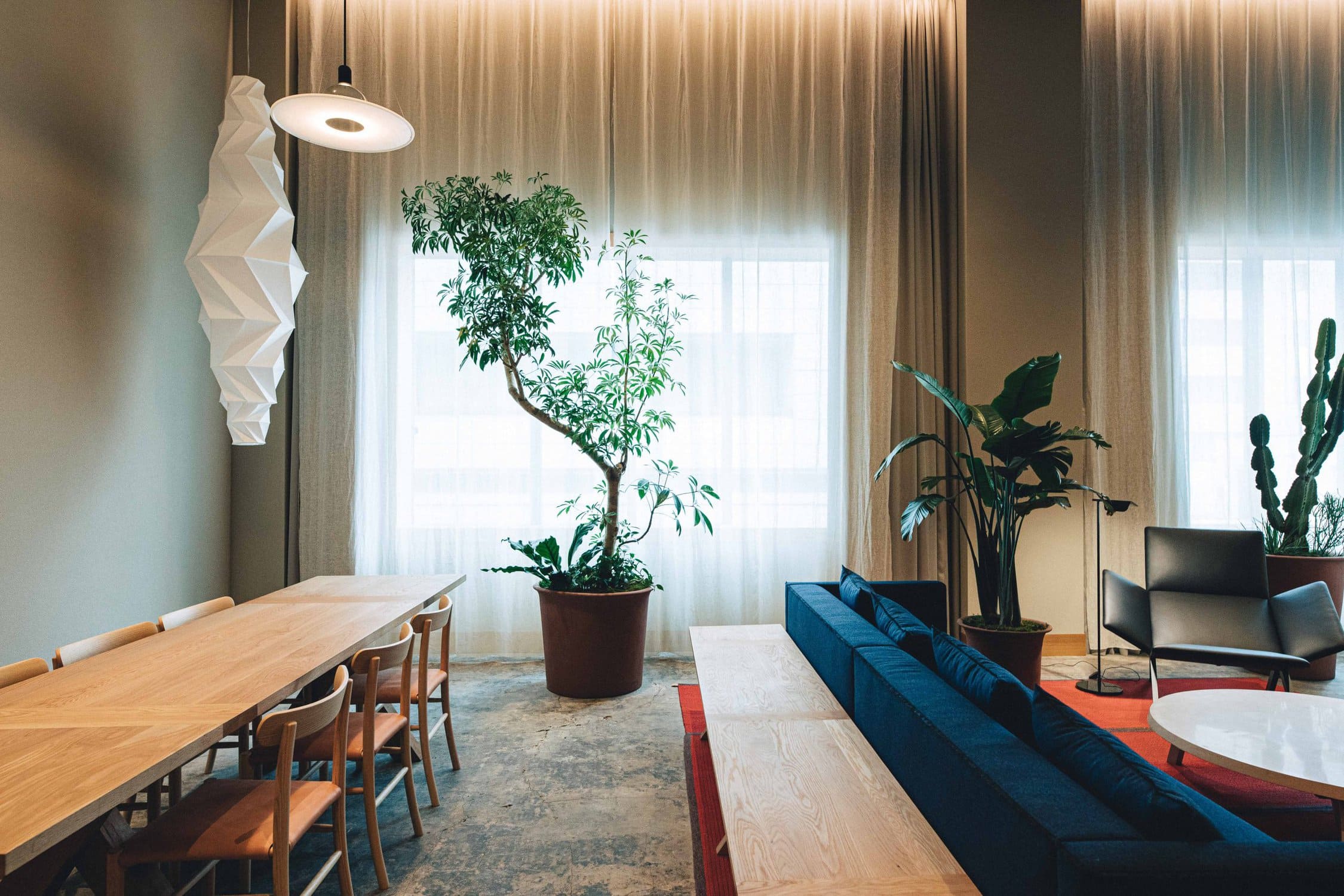
TAKETE AND MALUMA
Takete, a black, low-slung lounge chair with sharp edges reminiscent of a precisely folded origami figure, and Maluma, a red, voluminous sofa with soft, rounded lines, symbolize the peaceful coexistence of contrasts. Despite their differences, these designs, custom-made for the hotel by Claesson Koivisto Rune, come together to form a harmonious whole.
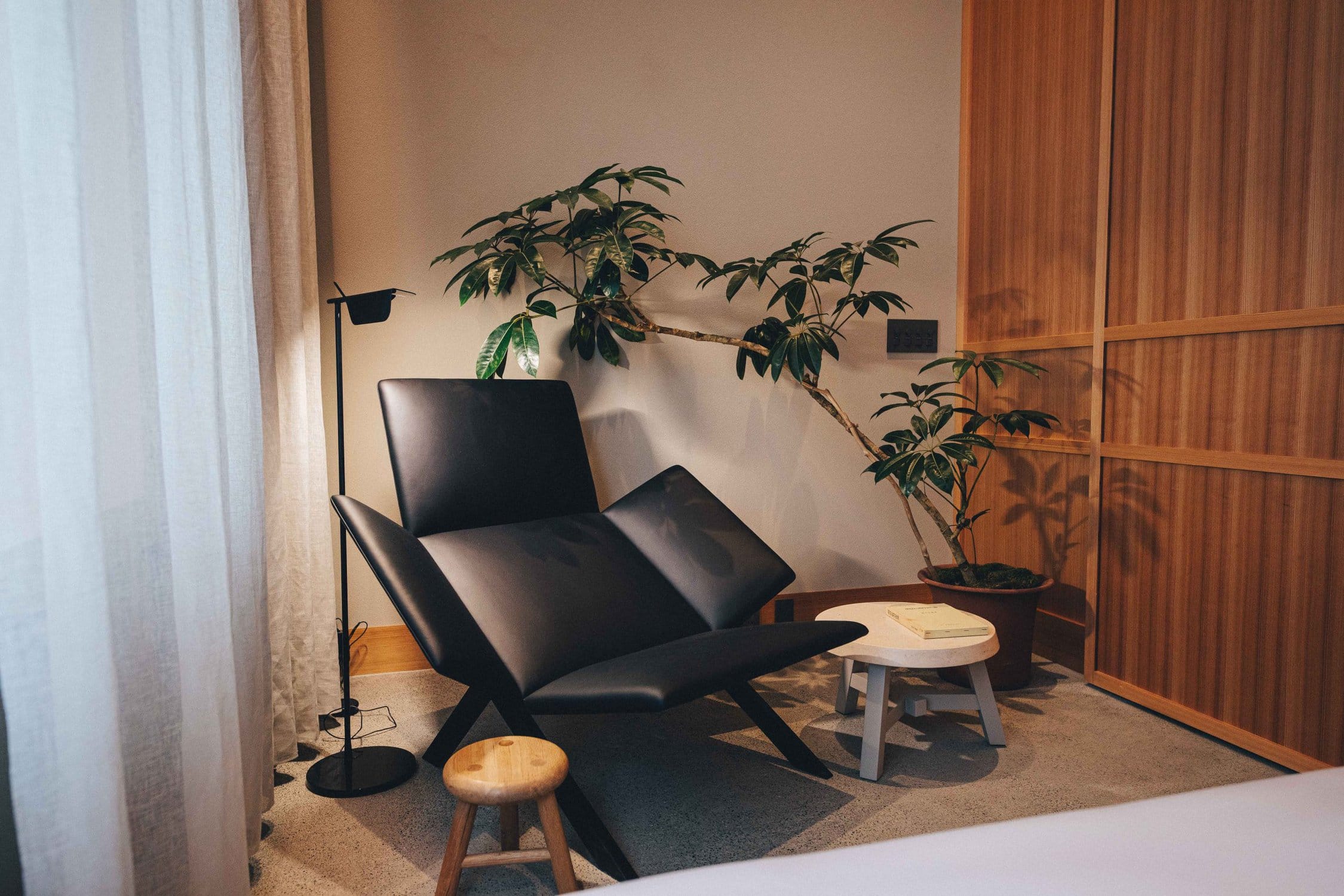
THE WAVE
Like a large, round pillar, half-dyed indigo curtains envelop the beds in the hotel rooms. The translucent white-blue fabric symbolizes the movement of a wave—something fluid, undefined. This concept, known as aimai, translates into architecture as a philosophy of flowing transitions and ambiguity. Spaces are versatile, as there is no rigid room concept. This openness extends beyond physical space, encouraging flexible thinking as well.
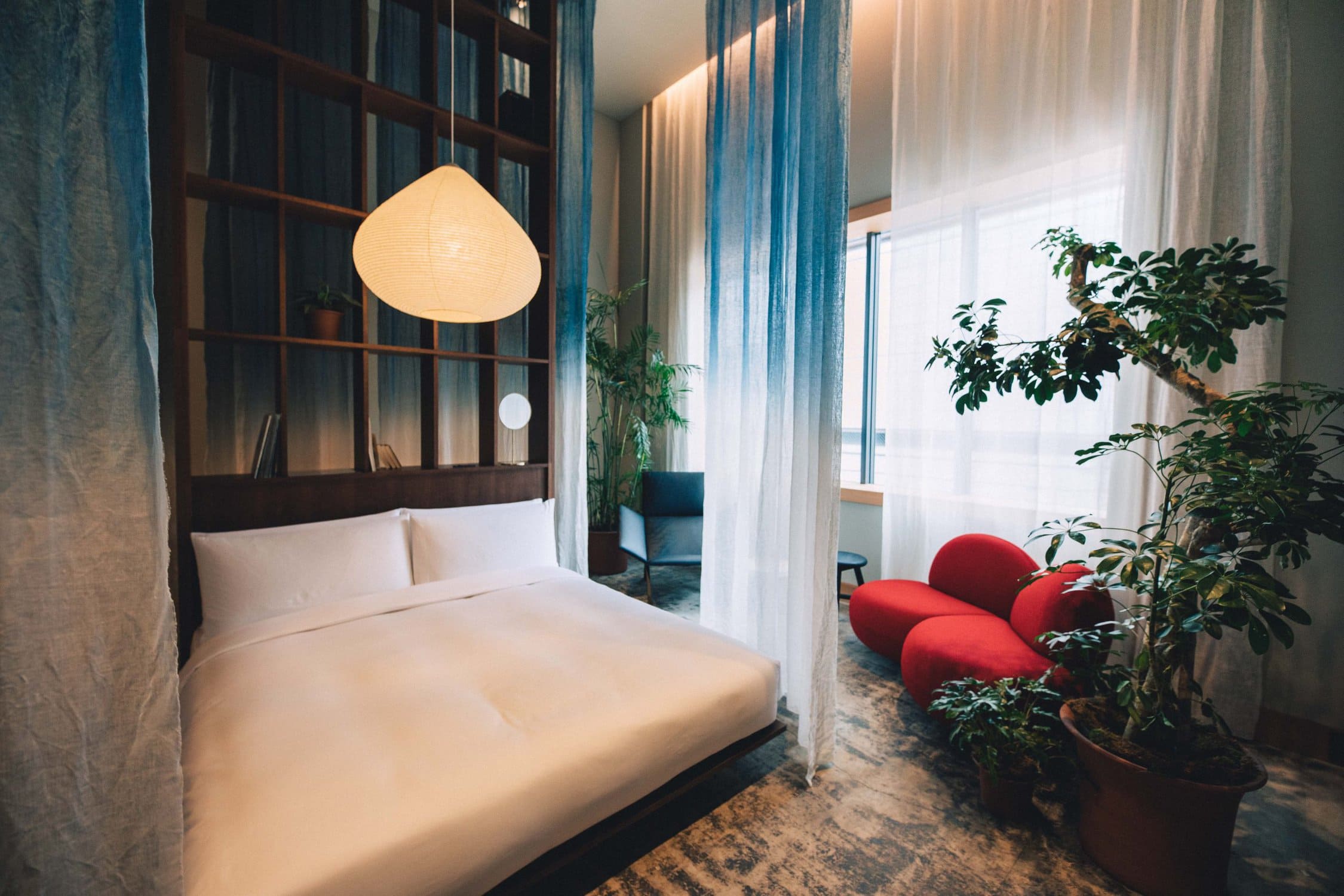
FIVE FLOORS
While the lower floors invite curiosity—thanks to open shelves acting as dividers between spaces, encouraging guests to explore the café, restaurant, and bar, or browse the monthly pop-up store featuring local labels and independent shops—the upper levels are designed as quiet retreats. The spatial design engages the senses in multiple ways, fostering a mindful perception of one’s surroundings.
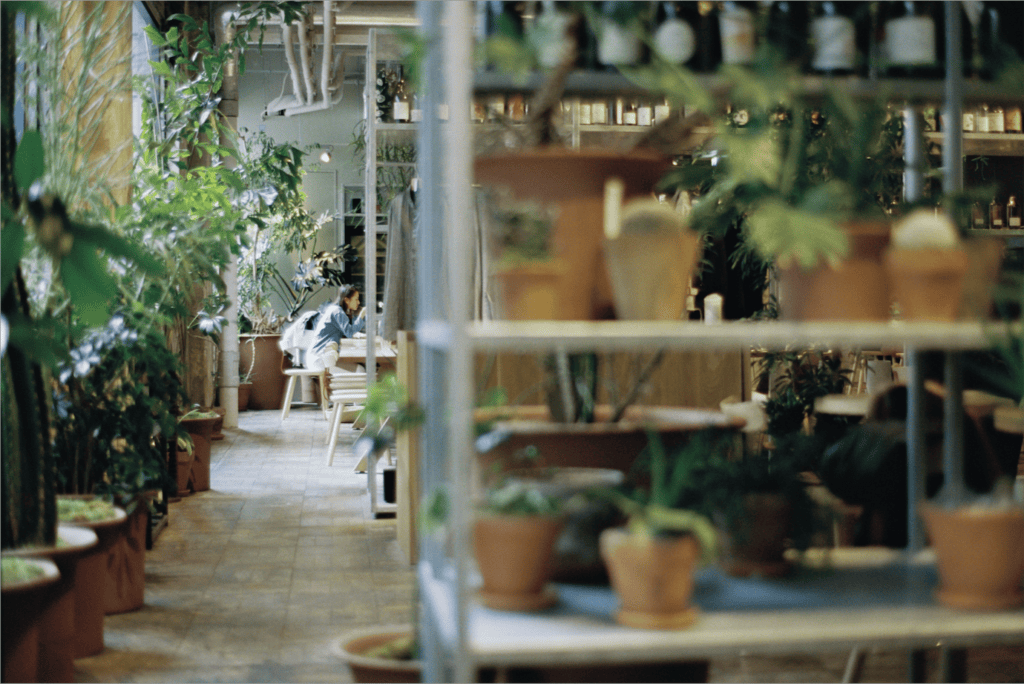
K5 Hotel Tokio is a member of Lifestylehotels


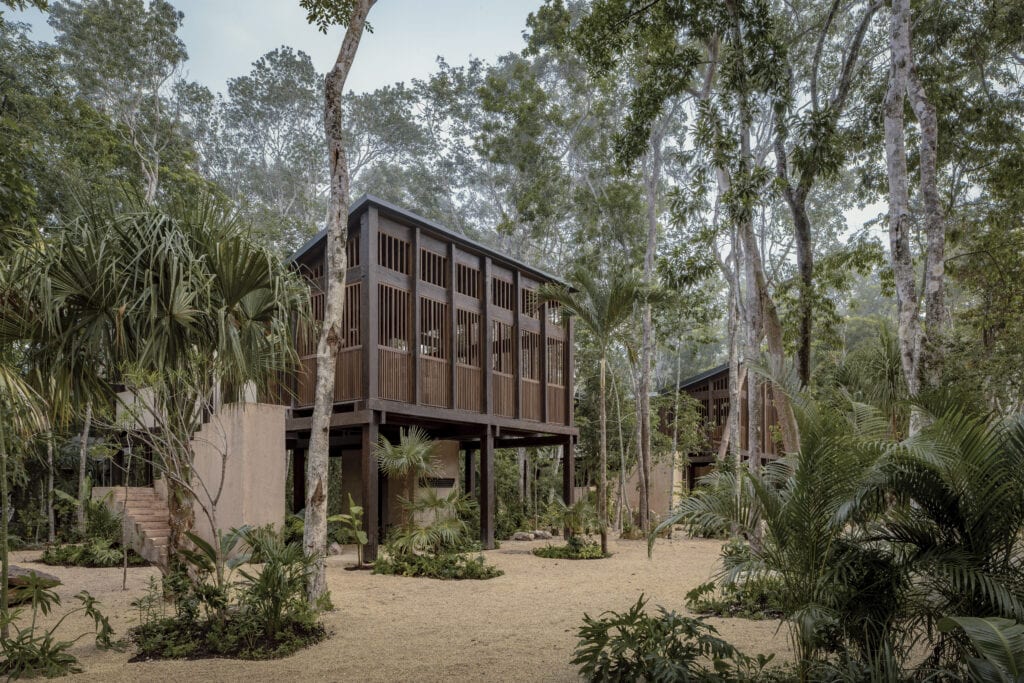
iThere are no comments
Add yours